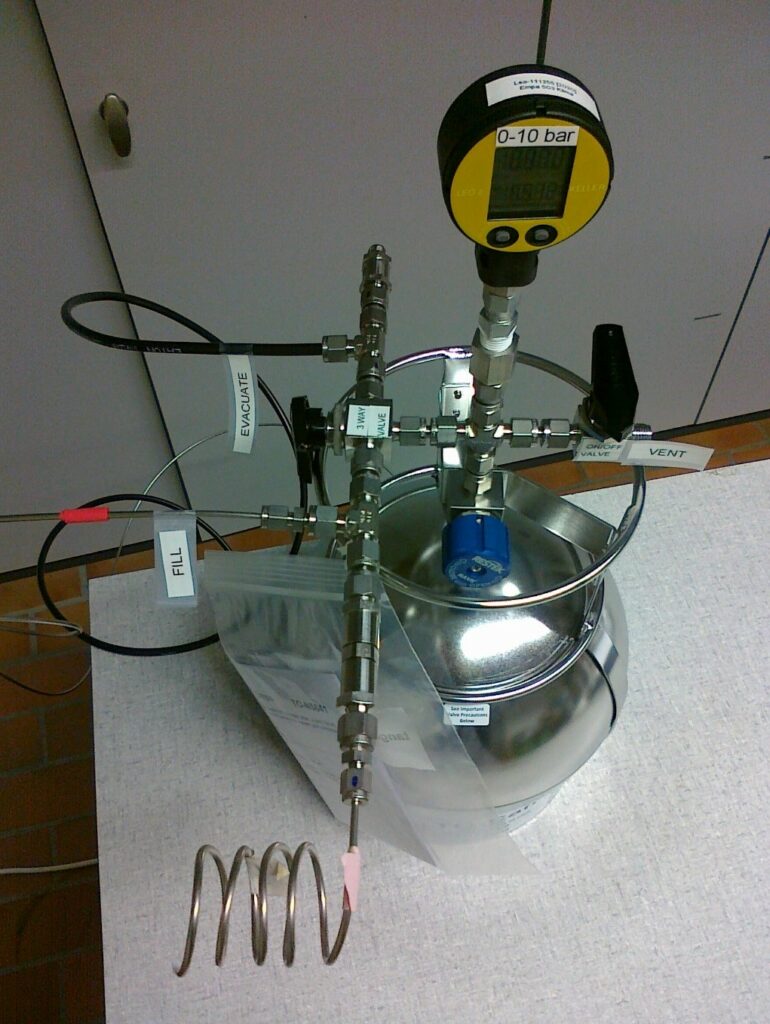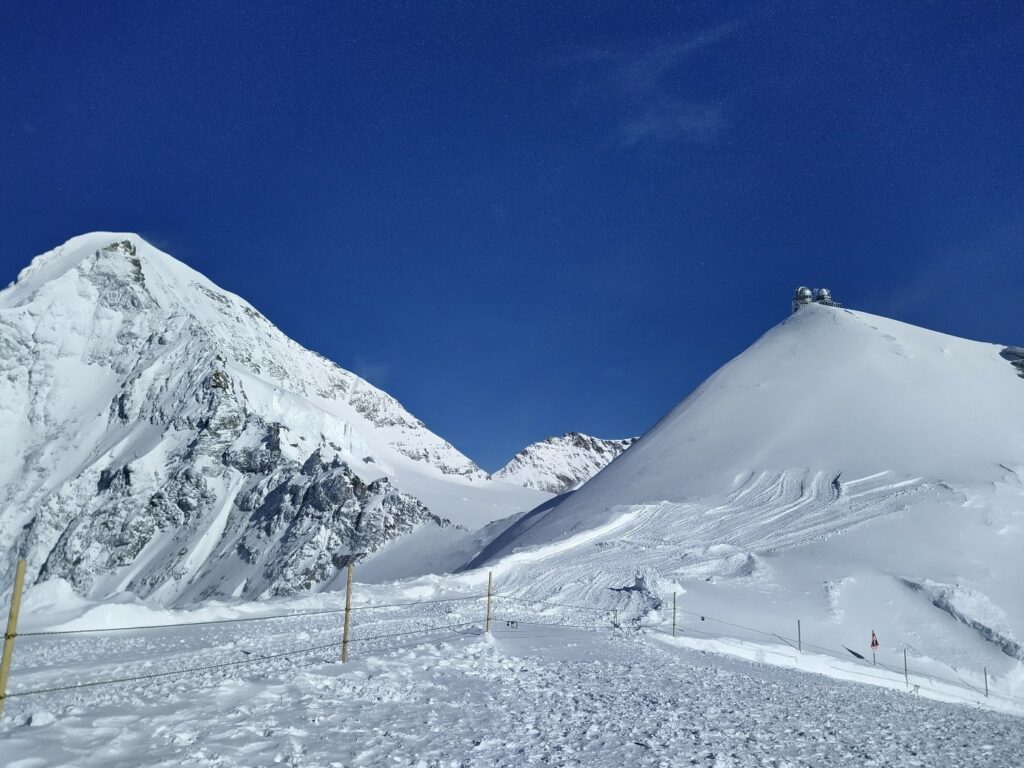Atmospheric pollution in the Arctic caused by newly emitted, anthropogenic persistent pollutants is a matter of growing concern. Due to the remoteness of the Arctic and Antarctic from most known sources, the poles are a location of choice to determine if specific chemicals are persistent and prone to long-range transport. Air pollution due to remote sources, but also increasing local sources, is expected to have a growing impact on the health of Arctic populations and Arctic biosphere in the future, with persistent pollutants being often known to bioaccumulate in terrestrial and marine organisms. Target pollutants to monitor are newly emitted per-fluorocompounds and semi-volatile chlorinated solvents, as well as HFOs (hydrofluoroolefins, newly emitted replacements for hydrofluorocarbons HFCs), whose decay products are suspected to be persistent.
The project New Persistent Pollutants in the Arctic Atmosphere (NPPAA) aimed at reconstructing concentrations of emerging pollutants in the Arctic and at mid-latitudes, using measurement of background air, unpolluted by local sources, covering an entire year.
The Swiss Polar Institute funded a sampling program where air canisters were prepared at Empa laboratory for Air Pollution and Environmental Technology (Dübendorf), shipped to Svalbard together with the sampling system, filled with unpolluted background air, and eventually shipped back to Empa for analysis.
In parallel, another research program funded hourly air analysis at Jungfraujoch in the Swiss Alps, where our laboratory operates permanently installed monitoring instruments. The aim was to analyse identical compounds in the atmosphere of Svalbard and Jungfraujoch, to help pinpoint potential persistence characteristic and long-range transport of the suspect pollutants.
The original plan was that I would go to Svalbard to install the sampling system, which must guarantee the non-contamination of the Arctic air and train the team on site. Unfortunately, due to the outbreak of the Covid pandemic and resulting travel restrictions, this was not possible. Instead, we carefully labelled each part of the sampling system for easy assembly, wrote a manual and made a video. Personnel from the Norwegian Institute for Air Research (NILU) performed the sampling on site during one year.
However, on a positive note, because of travel restrictions in Switzerland and because I was the person in our team living closest to Jungfraujoch, I got the chance to go up there a few times to perform maintenance of our instrument dedicated to trace gas analysis: a preconcentration system, followed by a gas chromatograph and finally for the detection, a time-of-flight mass spectrometer from the company Tofwerk based in Thun. I got the rare chance to enjoy Jungfraujoch without tourists. Once the canisters from Svalbard were back after a year, the same instrumentation was used for their analysis. Currently, in-depth interpretation of the results is ongoing.
Ultimately, this work will contribute to future revision of the Stockholm Convention aiming at banning persistent pollutants, and of the Montreal Protocol acting for the protection of the ozone layer and the global climate.


Myriam Guillevic is a researcher at Empa. This field note relates to her project “New Persistent Pollutants in the Arctic Atmosphere (NPPAA)”, funded by an SPI Exploratory Grant.
Header photograph: The Zeppelin monitoring station, Svalbard. © Ove Hermansen, all rights reserved